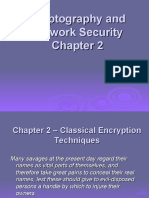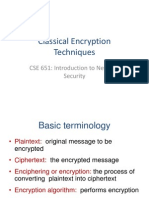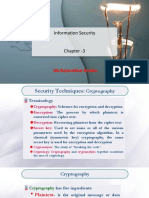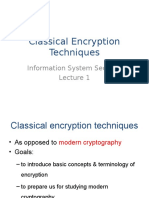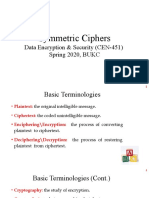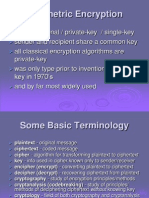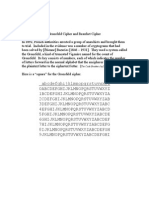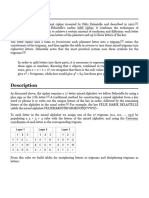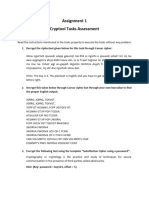0% found this document useful (0 votes)
31 views66 pagesModule1 MB - Lecture 3 - Cipher - For PT1
PPt for CSS module 1 Mumbai University
Uploaded by
Kashik SredharanCopyright
© © All Rights Reserved
We take content rights seriously. If you suspect this is your content, claim it here.
Available Formats
Download as PDF, TXT or read online on Scribd
0% found this document useful (0 votes)
31 views66 pagesModule1 MB - Lecture 3 - Cipher - For PT1
PPt for CSS module 1 Mumbai University
Uploaded by
Kashik SredharanCopyright
© © All Rights Reserved
We take content rights seriously. If you suspect this is your content, claim it here.
Available Formats
Download as PDF, TXT or read online on Scribd
/ 66




